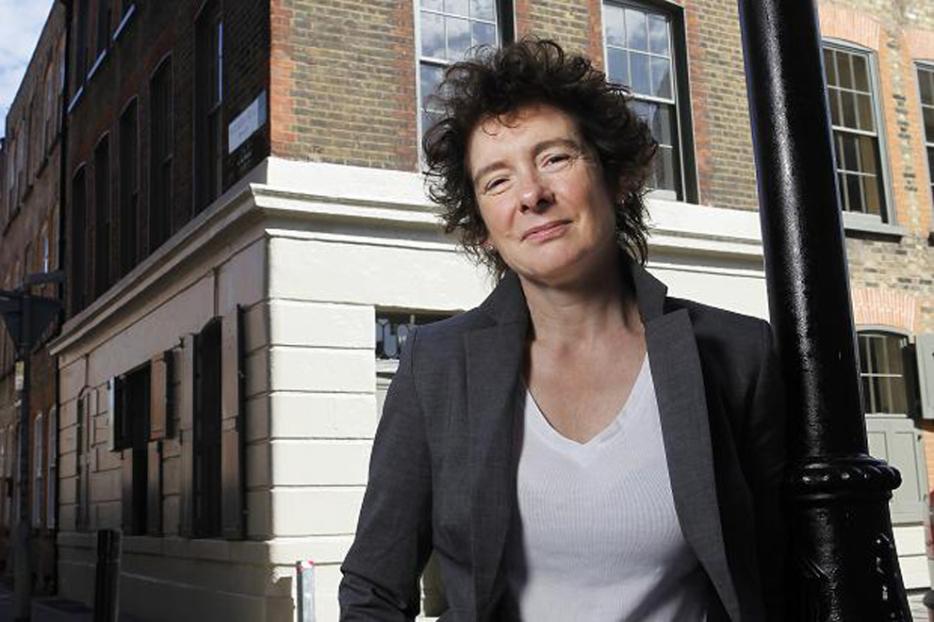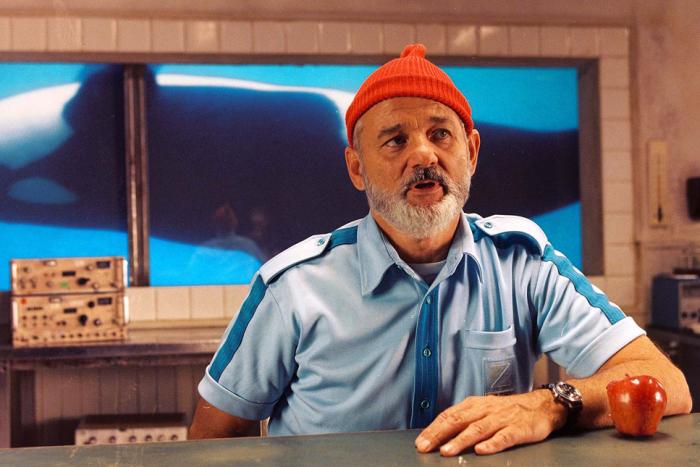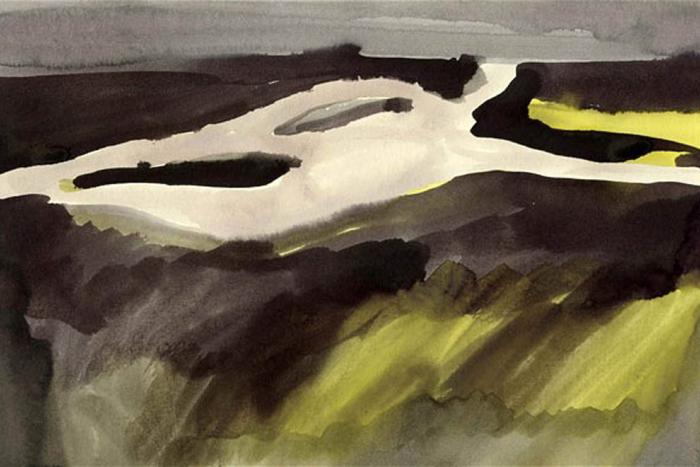I’d sort of given up on Jeanette Winterson. I had discovered her novel Sexing the Cherry in a small independent bookstore in Montreal, when I was doing my BA at McGill, and it was a revelation. I didn’t know you could write a book like that—neither, apparently, did the literary world (such as it was twenty years ago), which was busy endowing her with praise and accolades. I ended up writing my honours thesis on it: “Post-structuralist Feminist Theory in Jeanette Winterson’s Sexing the Cherry and Virginia Woolf’s Orlando.”
I was a big fan. I loved Oranges Are Not the Only Fruit, The Passion, Written on the Body, even Boating for Beginners; but after Art and Lies, Gut Symmetries her writing had become too academic for me, and I was a bit sick of post-modern theory. And then there were the stories of her legendary prickliness.
So I’m not sure why I bought her memoir three weeks ago, except that I was giving a reading at A Different Drummer Books in Burlington and wanted to support their business. I was attracted to the cover, but I also really loved the title: Why Be Happy When You Could Be Normal?
It was another revelation, comparable to the first, but more advanced in years and maturity. Winterson’s memoir is a funny, beautiful, honest book. It is guileless (insofar as a writer writing about herself can be guileless), written from the vantage point of experience, having gained the prize of wisdom and humility.
Winterson is great at the level of the sentence, at humour and detail. She recounts her early childhood in the north of England, which was poor and Pentecostal:
“When I was growing up there was a dog-biscuit factory there, and the poor kids used to hang about outside waiting for sacks of oddments to eat. If you spit on a dog biscuit and dip it in icing sugar it tastes like a proper biscuit. At our girls’ grammar school we were constantly threatened with a future at the dog-biscuit factory in Gobbin-Land. This did not stop the poorer girls bringing dog biscuits to school. The problem was the telltale bone shape, and for a while the school had a policy of No Dog Biscuits.”
I didn’t know Winterson was adopted; I didn’t know how cruel her childhood had actually been; but what I did recognize was the same spirited outlook that exists in her early books. Her talent for spinning fables out of her own suffering is what allowed Winterson to thrive under such meagre conditions. Stories were, for her, a means of transporting herself out and away from her life, and she found the necessary tools for that escape in books—her best and most loyal companions.
“On the top of the hill looking out over the town I wanted to see further than anybody had seen. That wasn’t arrogance: it was desire. I was all desire, desire for life. And I was lonely.”
As a teenager, Winterson falls in love with a girl and the news of this relationship leads to a series of brutal incidents: physical violence, a gay exorcism, and her expulsion from the house. When she later returns to visit her mother and tell her that she’s found happiness in her love for a woman, her mother responds with the line that becomes the title of the book, “Why be happy when you could be normal?”
Winterson’s life story is full of tribulations that many “normal” people would have been crushed by, over and over again. It is a testament to her strength of character that she survives at all; but it comes at a high price.
Before she is able to move on from her past, she has to face the damage it has done. “I needed lessons in love,” she writes. “I still do because nothing could be simpler, nothing could be harder, than love.”
For some of us it takes having a baby, or getting married, or divorced, to face up to our own crappy relationship to love. For Winterson, it was something a bit more extreme.
“When love is unreliable and you are a child, you assume that it is the nature of love—its quality—to be unreliable. Children do not find fault with their parents until later. In the beginning the love you get is the love that sets… Add to that my own wildness and intensity and love becomes pretty dangerous. I never did drugs, I did love—the crazy reckless kind, more damage than healing, more heartbreak than health.”
At some point in the middle of the book, the writing seems to lose its focus. Has it become overly chatty? Was this section hastily written? In retrospect, it’s as if the writing itself feels the need to look away for a moment, in nervous anticipation of the difficult task that lies ahead. What comes next, in the second half of the book, is the revelation that, in 2008, Winterson tried to kill herself. Building up to this description, the writing begins to deepen again, sparks fly and we’re back at the blacksmith’s anvil. On the topic of her suicide attempt, Winterson is bold and unwavering, and the effect is quite devastating.
After that dark episode, comes the story, towards the end of the book, of Winterson’s fairly recent search for her biological mother. As always, Winterson is unable to describe her experience as anything other than what it is, and the effect is ambiguous, both tender and disappointing. She decides there are not enough stories about children reuniting with their biological parents for us to have any clear sense of what to expect. In this memoir, there are no neat summations; but there is forgiveness.
Thinking back on the larger-than-life, frightening tyrant who was her adoptive mother, Winterson says the following about the impact it had on her life: “it was a dark gift but not a useless one.” We need our wounds, she concludes. They are what make us. Winterson ends her memoir by musing on all the heroes who are identified by their wounds: Odysseus, Prometheus, Jesus, the Fisher King. She writes: “The wound is symbolic and cannot be reduced to any single interpretation. But wounding seems to be a clue or a key to being human. There is value here as well as agony.” The same could be said of this remarkable book.






